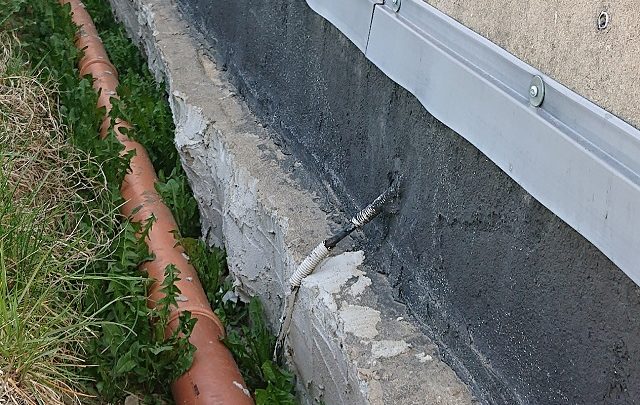Generating operation regulations for pluvial flood endangered facilities: commercial and industrial plans
Pluvial flooding should be considered in areas at risk. Damages in facilities can be reduced significantly, e.g. due to placement of electric installations, as well as damages originating from facilities, e.g. storage of dangerous goods and material. Periodical coordination with civil protection helps to avoid environmental damages. Plans should accommodate the likely changes in precipitation…







